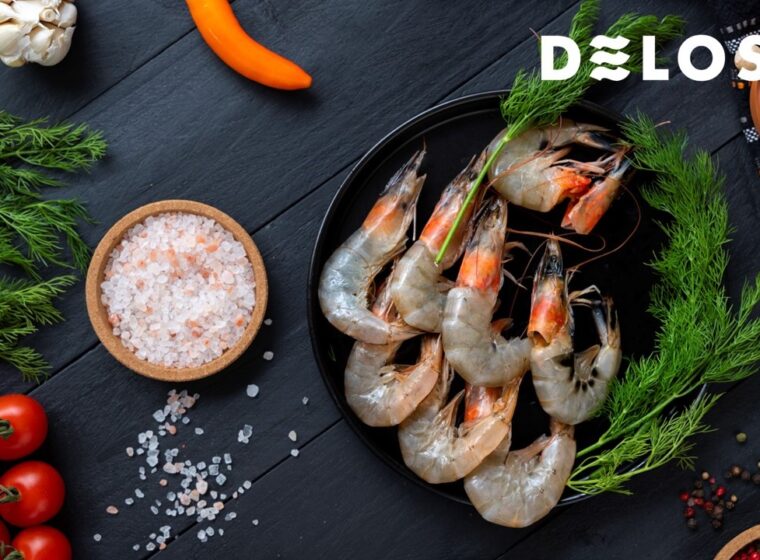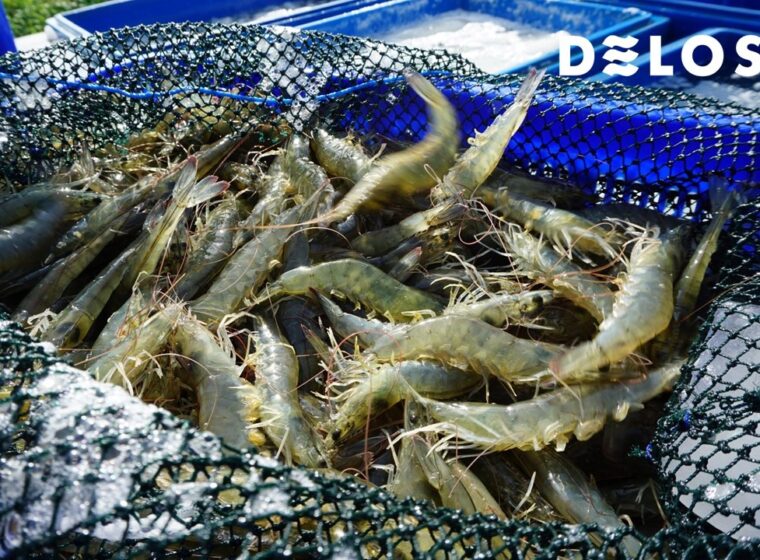HACCP certification is one of the essential certifications you must have if you intend to export shrimp abroad. Some countries, such as China, Japan, and the United States, require exporters to have this certification.
HACCP certification, or Hazard Analysis and Critical Control Point, is a food safety certification aimed at identifying food safety hazards and implementing controls to ensure the safety of the products produced.
So, how can you obtain HACCP certification? Find out more in the following article!
Also Read: CBIB Certification in Shrimp Farming and How to Obtain It
What Is HACCP Certification?
HACCP certification, or Hazard Analysis and Critical Control Point, is a certification designed to ensure the safety of food products marketed both domestically and for export.
The HACCP certification method is internationally recognized and serves as the standard for all food companies worldwide. However, to obtain this certification, you must identify, analyze, and manage risk factors that may harm consumers during production.
The certification assessment begins with selecting quality and safe raw materials, production, and handling product distribution. This certification assures that the food products marketed are safe for consumption.
Document Requirements for HACCP Certification
Before applying for HACCP certification, you need to prepare documents that include:
- Business Registration Number (NIB)
- Processing Eligibility Certificate (SKP)
- Business License (SIUP)
- Validated Quality Guidelines
- Internal Audit Records
Also Read: Easy! This is a Guide for Exporting Shrimp to the European Union
Procedure for Obtaining HACCP Certification
To obtain Hazard Analysis and Critical Control Point certification, you will go through the following procedure:
1. Preparation
Before applying for HACCP certification, the Fish Processing Unit (UPI) must prepare all the necessary documents and requirements to ensure a smooth application process.
2. Implementing the HACCP System
The HACCP system is specifically designed for specific food product types, and each food product has its own unique system. Ensure that you have implemented a system that is suitable for your product.
3. Analysis
Conduct an internal analysis and evaluation of the implementation of the HACCP system in your company. If you encounter difficulties in implementing it, you can seek the assistance of consultants who can help with the evaluation and analysis process for this certification.
4. Audit and Assessment by the HACCP Team
After conducting internal analysis and evaluation, you can apply for HACCP certification. The HACCP team will then carry out an inspection and assign a Quality Inspection Team to perform document inspections, field inspections, and desk audits, and report the inspection results.
During the inspection phase, the HACCP assessors will thoroughly review the production site, interview staff to ensure their understanding of the HACCP system, check food samples, and provide feedback on the implementation of HACCP.
5. Assessment Results
HACCP auditors and assessors will provide notes on any deficiencies that need to be corrected in the system’s implementation. The company will be given time to address these deficiencies.
Subsequently, the company must report back to the auditors for a recheck to ensure that the recommended improvements have been made. If the improvements are satisfactory, the certificate will be issued.
Also Read: Want to Export Shrimp to the United States? Pay Attention to These Requirements
Benefits of Having HACCP Certification
Having HACCP certification offers several advantages for your company, including:
- Increasing consumer trust.
- Enhancing the product’s image.
- Expanding your business network, even internationally.
- Providing assurance of product safety and quality.
- A platform for product promotion.
Start Exporting Your Vannamei Shrimp with AquaLink!
That is how you can obtain HACCP certification, especially if you plan to export shrimp abroad. Your company’s HACCP certificate will be issued within 10 days from the date the certification application is received by the Quality Control Team at BKIPM.
With HACCP certification, you can export Vannamei shrimp to countries like the United States, Japan, and China. Additionally, you need to find the right partner to export your shrimp.
You can choose AquaLink as your shrimp export partner! AquaLink can help you expand into the global market with competitive prices and a transparent system.
Contact the DELOS AquaLink Team at contact@delosaqua.com or submit your inquiry through the contact form on our website at www.delosaqua.com to start exporting your Vannamei shrimp with AquaLink!




